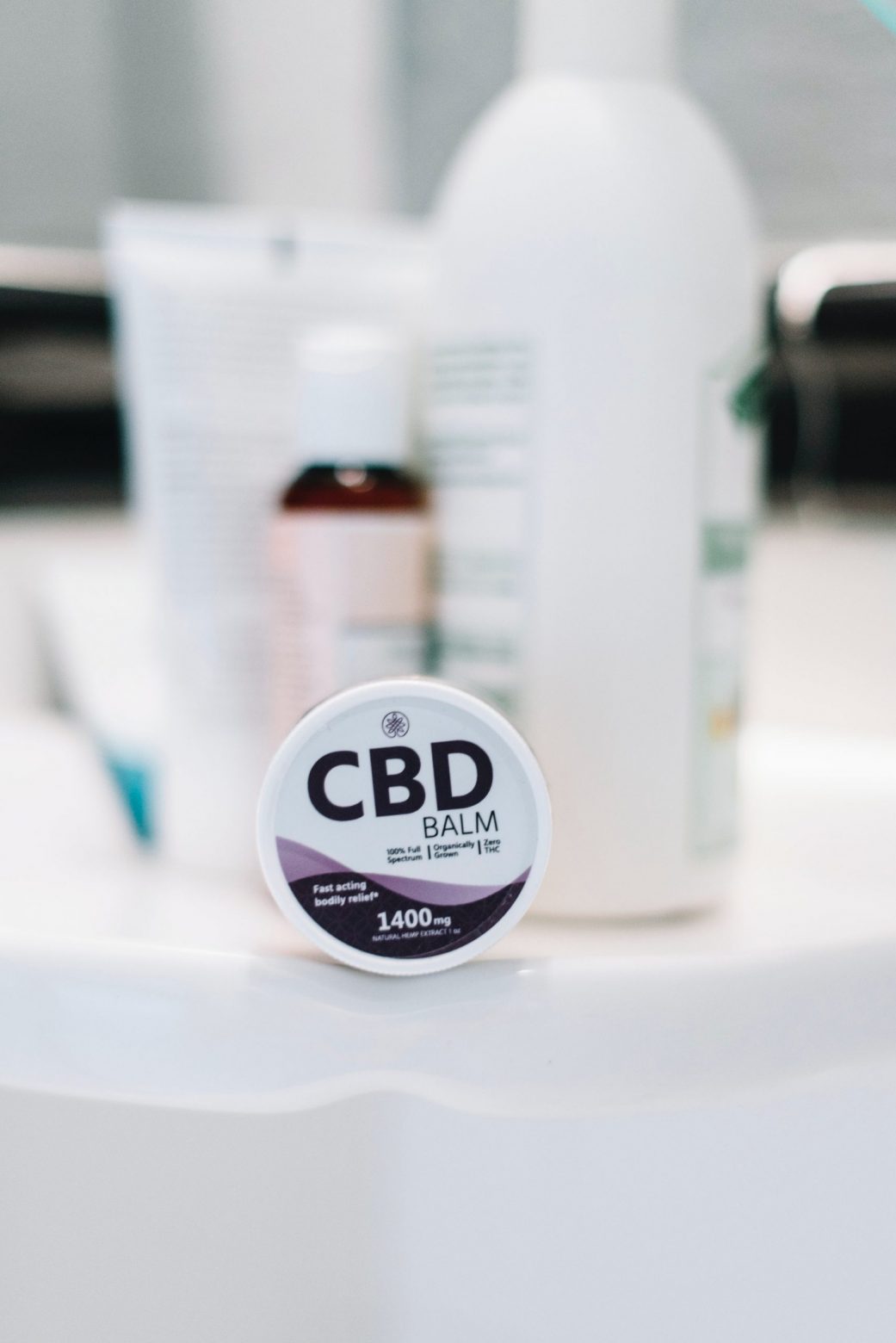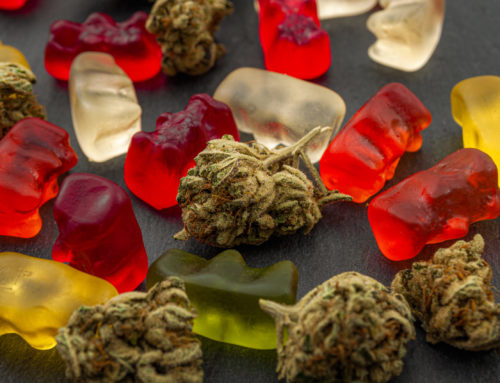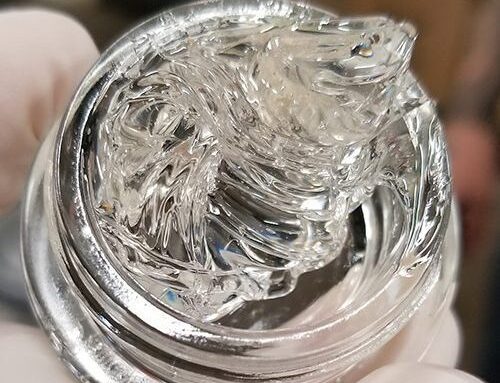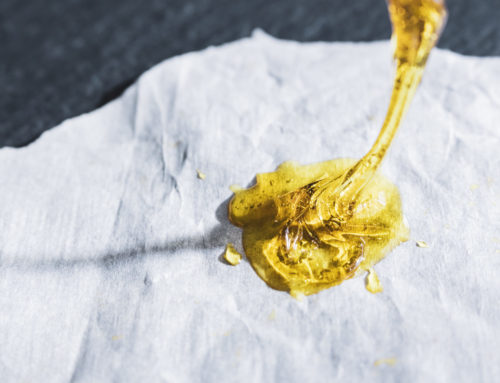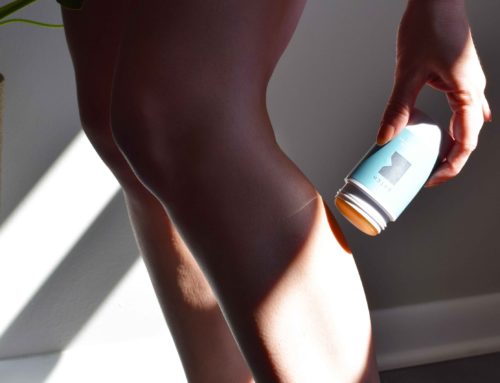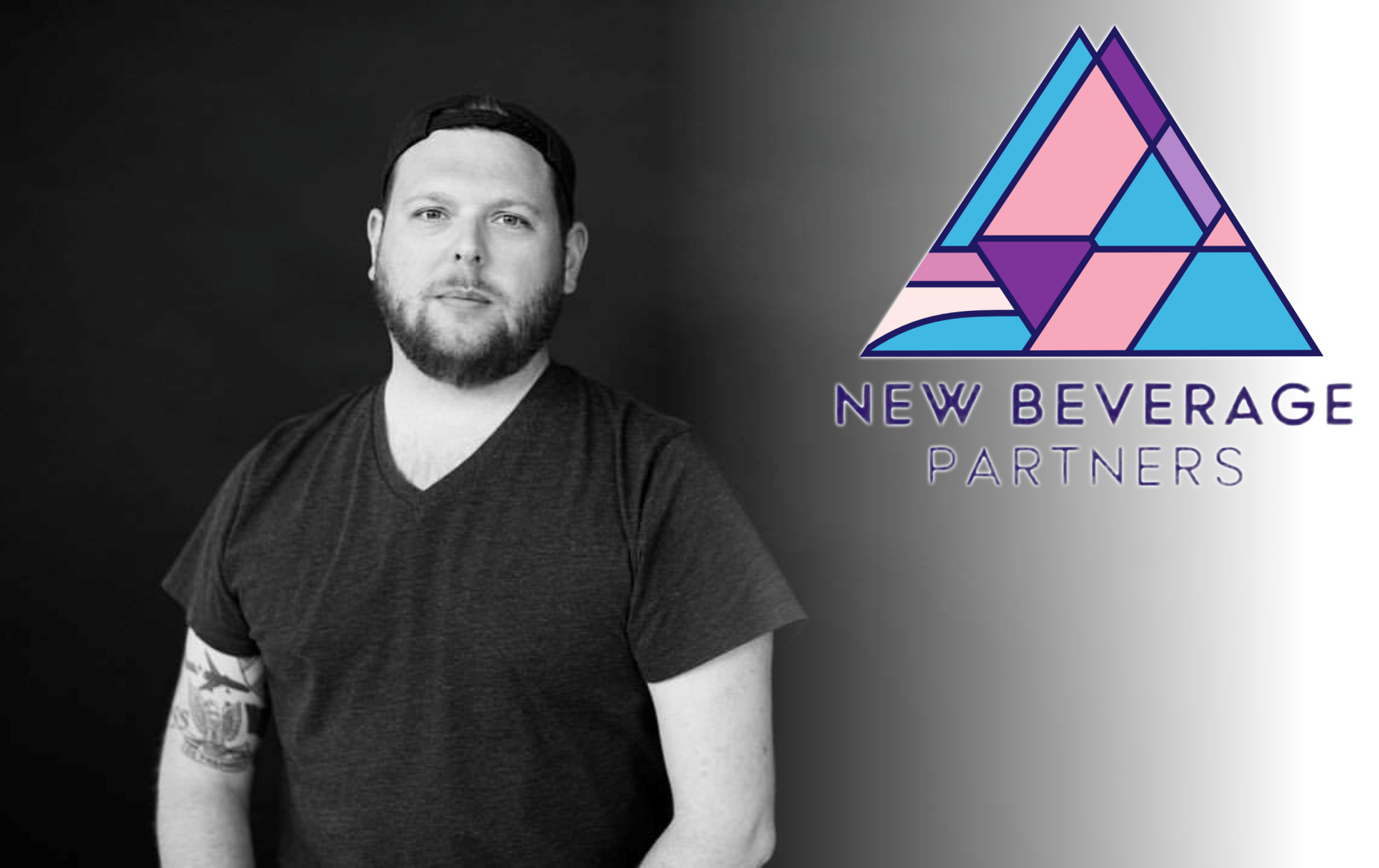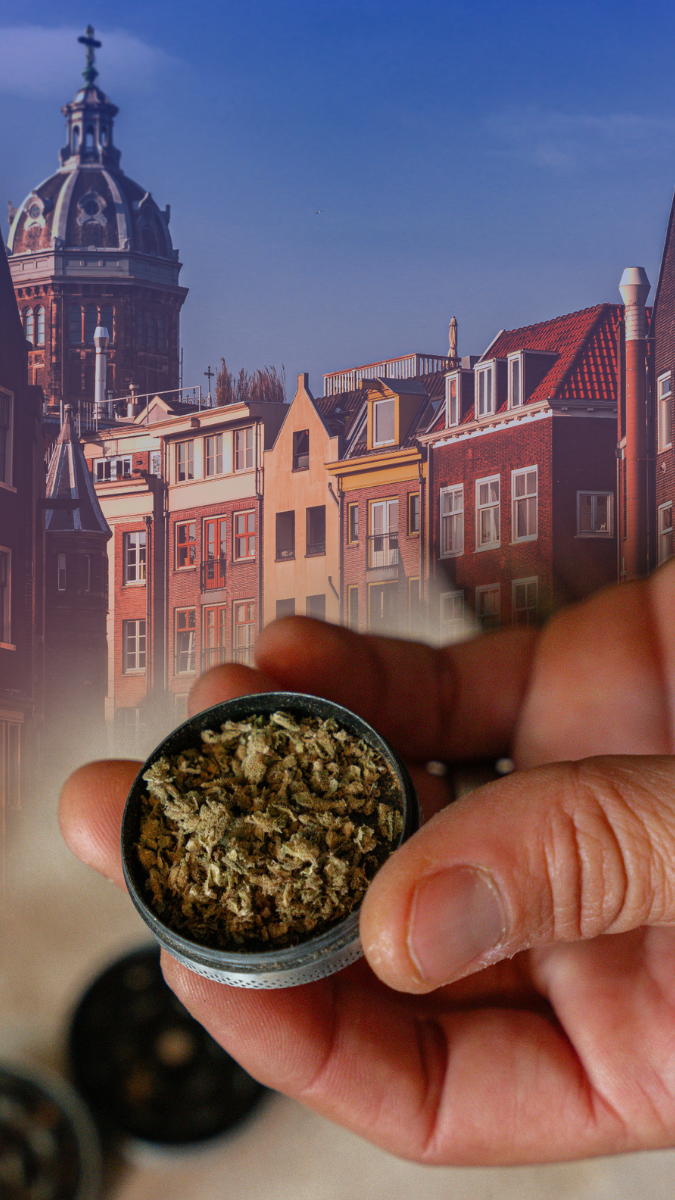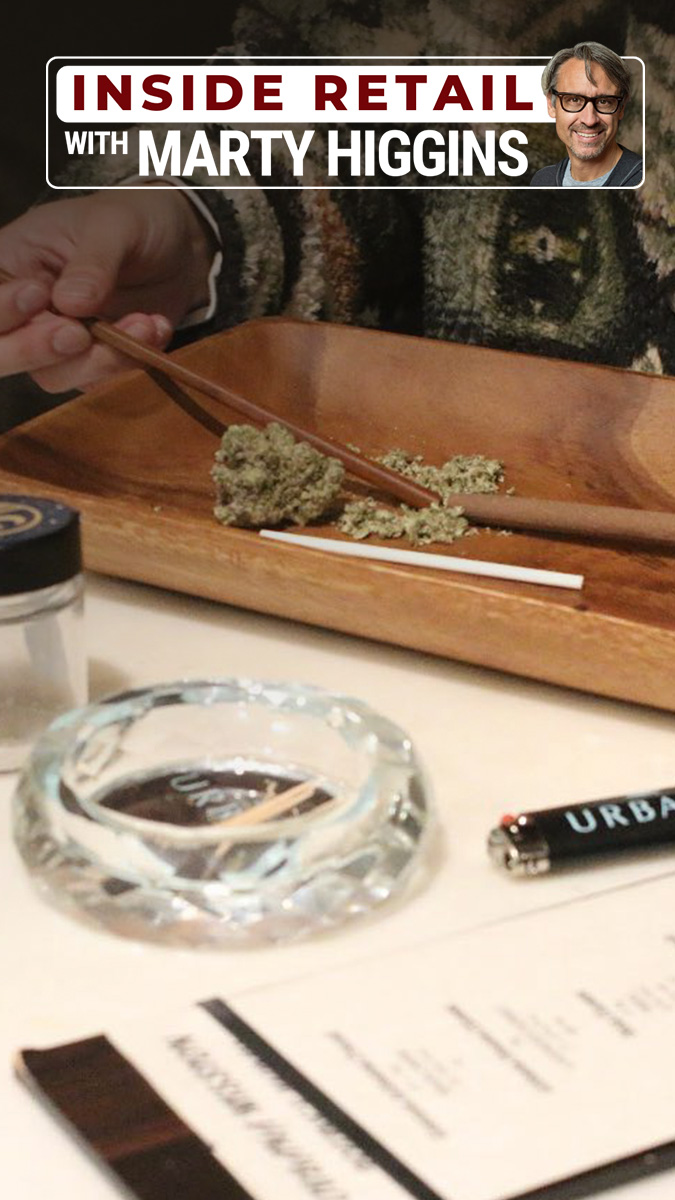How Do Cannabis Topicals Work?
The number of methods to deliver cannabinoids to the body has been growing as of late, as the number of states legalizing cannabis continues to rise. Long gone are the days where people had to smoke a joint to feel the effects of marijuana; now consumers can choose from traditional flower, concentrates, edibles, and even oral sprays. Another method that is becoming more and more popular is topical application; topicals deliver cannabinoids into the body through the skin. Infused balms, lotions, massage oils, and transdermal patches are some of the products available on the market. Read on to learn more about topicals and how they may be beneficial for you.
How Exactly do Topicals Work?
As mentioned above, topicals infused with cannabis enter the body through the skin to provide localized relief for a variety of ailments. The majority of topicals contain a non-psychoactive cannabinoid called cannabidiol (CBD). CBD does not affect the body the same as THC; it doesn’t create any sort of “high.” Instead, the cannabinoid is known for its multitude of health benefits. It has been used to treat many different things, from nervous system issues to stomach problems and continued research shows that it may be effective with even more ailments. Topically, CBD is typically used to treat muscle and joint pain.
When used, topicals are applied to the areas of the body where pain is present. The CBD then binds to a network of receptors called CB2. These CB2 receptors are found throughout the body and are activated either by the body’s naturally-occurring endocannabinoids or by cannabis compounds known as “phytocannabinoids” (e.g., THC, CBD). The CB2 receptors have been found to have a connection with interpreting pain and cannabinoids can help replenish deficiencies in the amount of endocannabinoids.
For the most part, topicals do not actually enter the bloodstream, although some transdermal patches may.
What Conditions can be Treated by Topicals?
There are many different ways cannabis-infused balms, salves, and lotions can help the body. People with arthritis, pinched nerves, inflammation, muscle spasms or cramping, general soreness, or other conditions affecting the joints and muscles. Topicals have been found to be helpful in treating migraines, menstrual cramps, and even skin conditions, due to CBD’s efficacy as an antiseptic.
How to Use Cannabis Topicals
When determining which topical products to choose, it’s important to think about why you want to use them. Those with joint pain in their knees may want to rub a CBD lotion around the affected area. A cooling balm stick often works wonders for those looking for a muscle cool-down after a workout. Transdermal patches are a good option for people with chronic pain or a larger area of pain. The important thing is to talk to a professional for a recommendation based on desired effects – and always discuss a new regiment with a doctor. Combining all of these resources will help you pick the perfect product for your needs.
Final Thought
Cannabis-infused topicals are becoming a popular delivery method for those looking for an alternative treatment from muscle and joint pain instead of traditional prescription painkillers. Balms, salves, lotions, and patches offer localized relief by sending cannabinoids like CBD through the skin, directly onto affected areas. Topicals have been shown to help treat joint issues, muscle spasms, menstrual cramps, skin disorders, and much more. As research into cannabinoids for health and wellness advances, there may be even more conditions from which topicals may offer relief. After discussing options with a primary physician and doing the proper homework on cannabis, you may find topicals to be the perfect fit for your needs.










